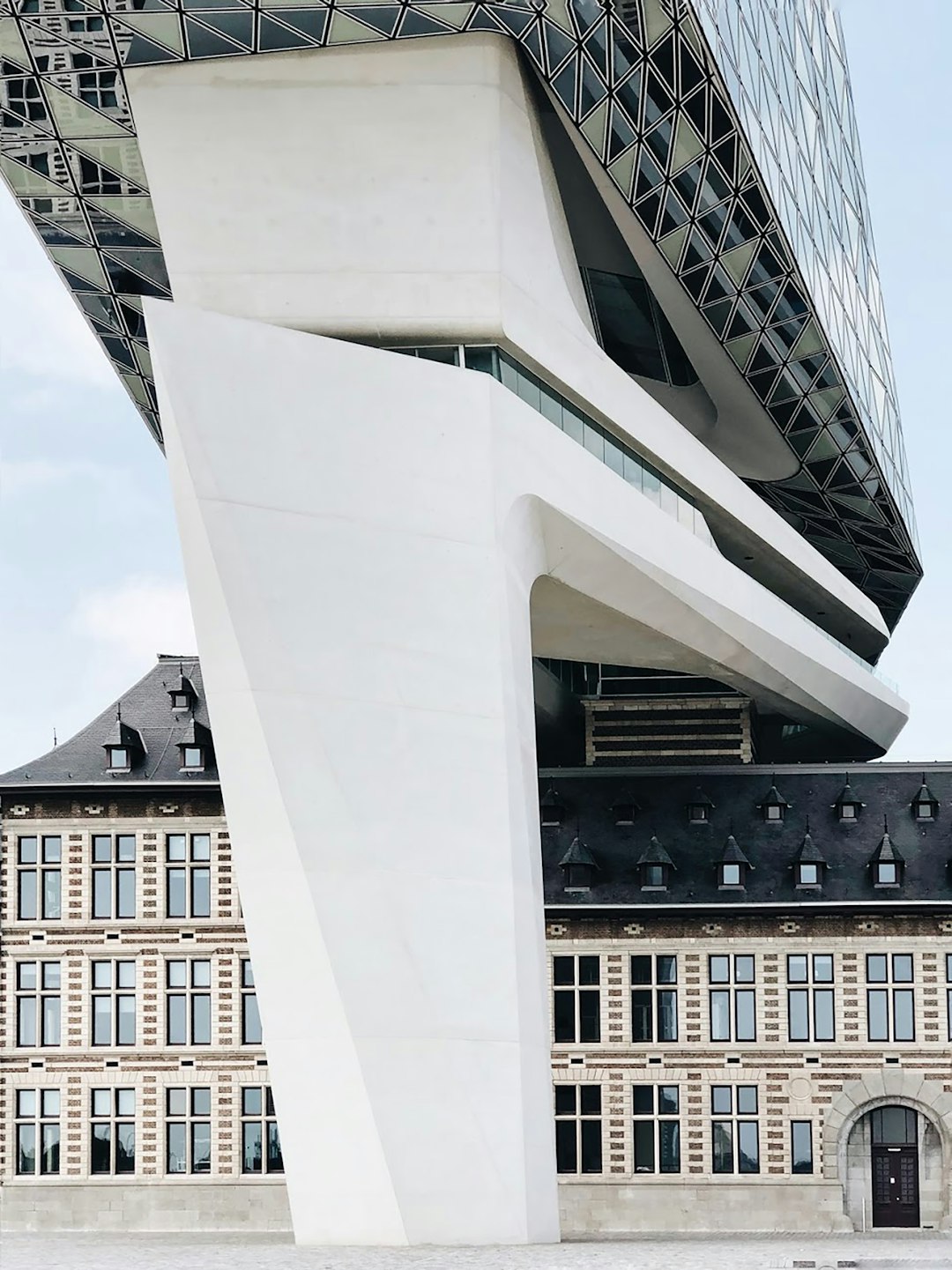In the world of architecture, the stories and innovations by architects hold a treasure trove of fascinating facts that shed light on their creativity and cultural impact. Here are some fun and intriguing insights about the world of architects.

Not many people know that architecture once had its own category in the Olympic Games. In the early modern Olympic Games, from 1912 to 1948, medals were awarded for artistic endeavours, including architecture. This unique aspect highlighted the cultural and artistic significance of architectural work during that period.

John Lloyd Wright, the son of the famed architect Frank Lloyd Wright, created Lincoln Logs in 1916. The interlocking beam design of these nostalgic toys was inspired by the construction techniques used in his father's Imperial Hotel in Tokyo, which featured earthquake-resistant beams.

Islamic architecture has long utilized intricate geometric designs known as Girih tiles. These designs, dating back to the 12th century, share mathematical properties with Penrose tiling, a concept discovered by Sir Roger Penrose in the 1970s. This connection highlights the advanced mathematical knowledge embedded in historical architectural practices.
In 1963, LEGO developed a special line of smaller bricks for architects called Modulex. These bricks were designed to overcome the proportional limitations of standard LEGO bricks, making them ideal for creating architectural models. Although discontinued in the 1970s, Modulex remains a testament to the playful intersection between toys and professional design.

Renowned architect Maya Lin, known for her design of the Vietnam Veterans Memorial in Washington, D.C., has a significant architectural lineage. She is the niece of Lin Huiyin, who was the first female architect in modern China. This celebrated family legacy underscores the historical and cultural depth in architectural contributions.

Peter Cooper’s Cooper Union Foundation Building in New York City, built in 1859, featured an elevator shaft long before practical elevators were invented. This forward-thinking design showcased confidence in emerging technologies and highlighted the innovative spirit inherent in architectural practice.

Ferdinand Cheval, a French postman, dedicated 33 years of his life to constructing "Le Palais Idéal" from stones he collected on his postal rounds. This whimsical and labor-intensive project, now a cultural landmark, exemplifies individual creativity and persistence in the realm of architecture.
The Sims, a popular video game, was initially envisioned as an architecture simulator. Designed by Will Wright, the game allowed users to create and manage neighborhoods, emphasizing the importance of architectural design in everyday life. It later evolved into a life simulation game, retaining its architectural roots.
The Great Wall of China, one of the most renowned architectural feats in history, took over 2,600 years to complete. This extensive timeline underscores the monumental effort and enduring legacy of architectural endeavors that span across centuries.
While the Empire State Building is iconic for its height and design, a lesser-known fact is that its observation decks generate more revenue than the office space within the building. This economic aspect highlights the significant impact of architectural landmarks on tourism and the economy.
In the United States, Cincinnati boasts the largest abandoned subway system. The project, initiated in the 1910s, was never completed due to historical circumstances, leaving behind a hidden network of tunnels that tell a story of ambitious urban planning and the unforeseen challenges encountered.
In an eerie intersection of architecture and mysticism, the supervisor of the Ouija Board company met an untimely death after falling from a factory rooftop he claimed the board instructed him to build. This incident adds a mysterious dimension to the architectural narrative.
Mohammed Atta, a lead figure in the tragic 9/11 attacks, held degrees in architecture and urban planning. His education and critical views on Western influences on Middle Eastern city designs reflect the complex and often controversial intersections of architecture, politics, and cultural identity.
| Topic | Detail |
|---|---|
| Architecture in Olympics | Medals awarded for architectural designs from 1912 to 1948 |
| Lincoln Logs | Invented by John Lloyd Wright, inspired by Frank Lloyd Wright's Imperial Hotel |
| Girih Tiles | Share mathematical properties with Penrose tiling |
| Modulex | Special LEGO bricks for architects, discontinued in the 1970s |
| Maya Lin | Niece of Lin Huiyin, first female architect in modern China |
| Cooper Union Building | Featured an elevator shaft before the invention of elevators |
| Ferdinand Cheval | Built "Le Palais Idéal" from collected stones over 33 years |
| The Sims | Initially envisioned as an architecture simulator |
| Empire State Building | Makes more revenue from observation decks than office space |
| Cincinnati Subway | Largest abandoned subway system in the U.S. |
| Ouija Board Factory | Supervisor's death linked to the rooftop allegedly directed by the board |
| Great Wall of China | Took over 2,600 years to build |
| Mohammed Atta | Architect with critical views on Western urban planning influences |
The world of architecture, past and present, is filled with stories of innovation, creativity, and sometimes surprising intersections with culture and history. These facts not only enrich our understanding of architectural practice but also highlight the profound impact architects have on shaping our built environment and cultural heritage.

Immerse yourself in architecture’s most boundary-pushing ideas—where innovative home improvements meet visionary urban developments. Discover new building techniques, materials, and creative concepts that are redefining how we shape our spaces on a global scale.